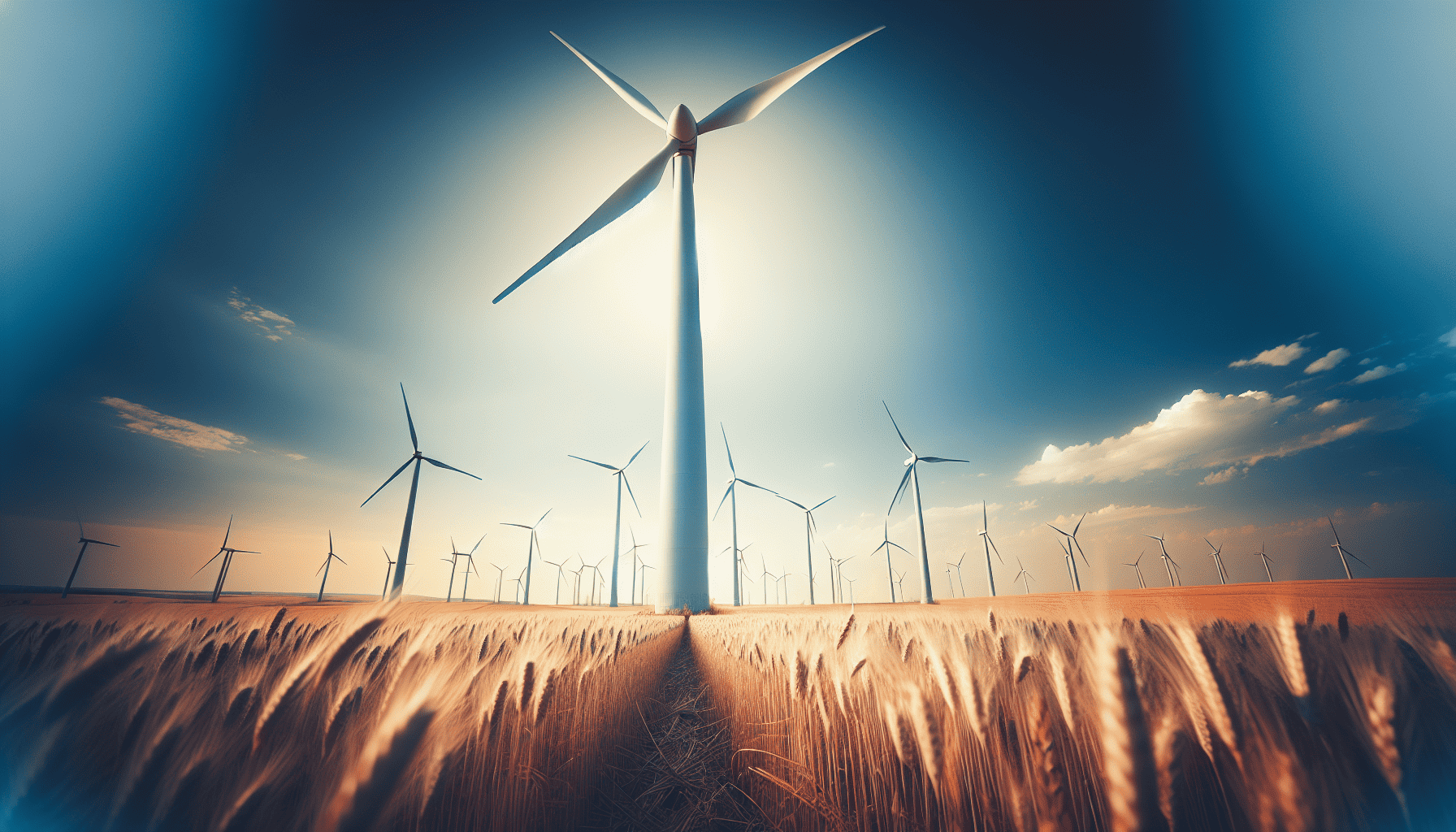In recent years, the field of wind energy has witnessed remarkable innovations that are reshaping the renewable energy landscape. These advancements are not only enhancing the efficiency and cost-effectiveness of wind power but are also paving the way for a more sustainable energy future.
One of the most significant breakthroughs in wind energy is the development of larger and more efficient wind turbines. Today's turbines are not only towering structures but also marvels of engineering, equipped with cutting-edge technology. The latest models boast longer blades and advanced aerodynamics, allowing them to capture more wind energy even in low-wind conditions. This means that wind farms can now be established in areas previously deemed unsuitable for such projects.
Moreover, floating wind farms are becoming increasingly viable, expanding the potential for offshore wind energy. These floating structures can be installed in deeper waters where traditional fixed-bottom turbines are impractical. This innovation is particularly beneficial for countries with deep coastal waters, as it opens up vast areas for tapping into powerful offshore winds, thus significantly increasing energy output.
Another exciting development is the integration of artificial intelligence (AI) and machine learning technologies into wind energy systems. These technologies are being used to optimize turbine performance and predict maintenance needs, reducing downtime and operational costs. AI algorithms analyze data from various sensors on the turbines to detect faults before they become critical issues, ensuring continuous and efficient energy production.
Energy storage solutions also play a crucial role in advancing wind energy. With the development of more efficient battery systems, excess energy generated during peak wind conditions can be stored and used when the wind is not blowing. This addresses one of the biggest challenges of wind energy: its intermittency. Enhanced storage capabilities ensure a steady and reliable power supply from wind energy sources, making them a more attractive option for grid integration.
Additionally, the environmental impact of wind energy installations is being minimized through innovative design and materials. Researchers are exploring recyclable materials for turbine blades and improving the recyclability of wind turbine components. This not only extends the lifecycle of the turbines but also reduces environmental waste associated with their decommissioning.
Wind energy innovations are also fostering economic growth by creating jobs in research, manufacturing, installation, and maintenance sectors. As technology advances, the cost of wind energy continues to decrease, making it more competitive with traditional fossil fuels.
In conclusion, advancements in wind energy are reshaping the renewable energy sector, offering more efficient and sustainable options for power generation. As technology continues to evolve, wind energy will play an increasingly vital role in the global transition towards a cleaner, more sustainable energy future. These innovations are proving that with determination and creativity, we can harness the power of wind to meet our growing energy needs while protecting our planet.
